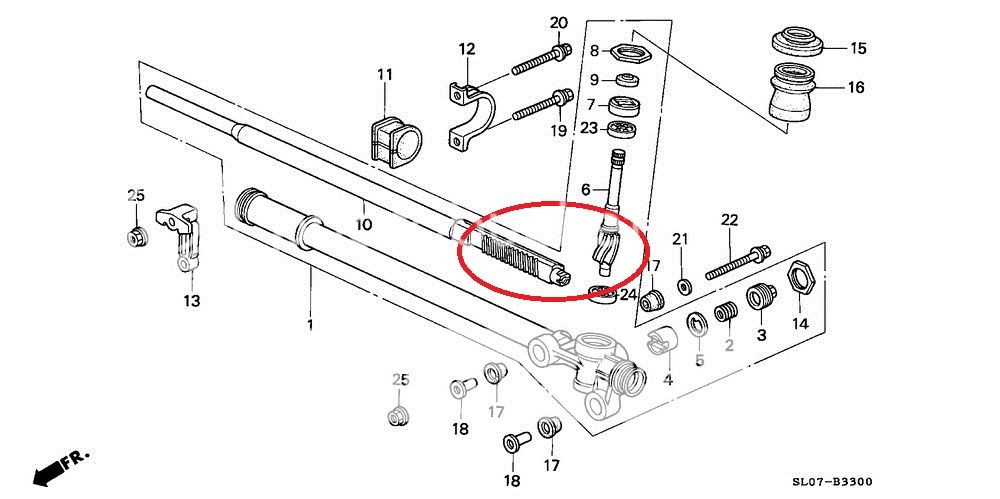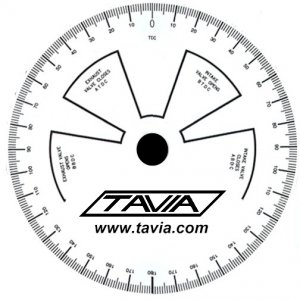First of all i'm glad Tim is going thru all of this and spending a ton of his personal time to deliver a new product to the community. I'm also glad Billy and other folks are here to help bridge the technical discussion with real life examples. Thanks for the explanation @
stuntman. It is crystal clear to me now.
In simple terms, I agree that the on-center feel of the NSX is appropriate for the ~3,000 lb car. The on-center feel for the S2000 is a little twitchy but it fits the personality of the chassis. Many of us who would be interested in this new NSX VR rack have likely pursued other lightweight mods that can yield ~2,800 or less in weight. However, with that usually comes wider front tires which adds for a "heavy" steering feel especially in 0-5mph conditions. Keep in mind the car was designed with light 15" diameter, 185 section width tires IIRC.
I would like to put forth 2 driving examples in 2 cars. Also, correct me if i'm wrong but it seems important to make the distinction between on-center ratio vs. off-center ratio. I understand that it's a graph.
Angeles Crest Highway - Medium to Long sweeping 45-90mph corners (calm down prime police)
NSX - The stock manual rack shines here. The car feels relaxing, engaging, and confidence inspiring for the most part. It could benefit by a slightly quicker rack off-center, but on-center it feels appropriate. The longer wheelbase helps here I think.
S2000 - The S2000 feels a little bit more "scary" at high speeds. It feels twitchy w/o downforce in the rear. Still fun but not engaging like the NSX where in these conditions the NSX begs for more more more.. the S2000 reminds you right away how twitchy it can be which makes me feels slightly nervous. I have to actively think about the unwinding of the steering wheel coming out of the apex. Let's not talk about alignment issues to keep things simple.
PREFERRED: NSX
Malibu - Short/Tight to Medium turns 20-45mph corners
NSX - The NSX gets tiring in the tight turns. It is not unheard of where i'd have to go hand over hand wrestling with the steering wheel. The turns are tight and the steering ratio is slow. With that said, the unaided manual rack also creates some significant whiplash if you're not careful. Requires significant muscle even with an efficient treat pattern in the PSS 225 18" front tires.
S2000 - The S2000 is a hoot to drive up here. The light chassis and the tight, power-assisted steering rack is entirely appropriate for the personality of the shorth wheelbase chassis.
PREFERRED: S2000.
For tracks like Streets of Willow which is probably the tightest track in these parts... even the NSX could benefit (IMHO) from a slightly tighter ratio off-center. However, due to the unassisted nature I really cannot imagine a situation where an S2000'ish off-center steering ratio could benefit the NSX chassis.. I would really like to hear Billy's opinion on this. Maybe i'm a minority here but I really like the NSX on-center feel. The rate at which the steering wheel tightens the steering ratio could benefit from being tighter though. Is that a 14:0? I don't know.
@
liftnot - I want to see you succeed and I want to buy a rack from you. I hope my opinion helps with your decision to pursue this. However, i'm not an expert by any means. It's just my $0.02.








